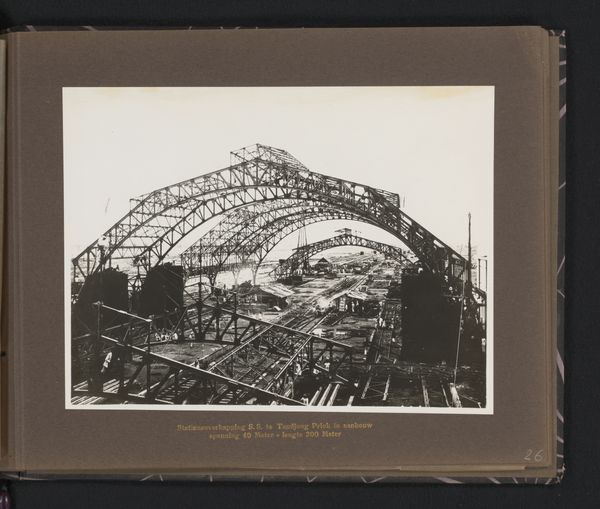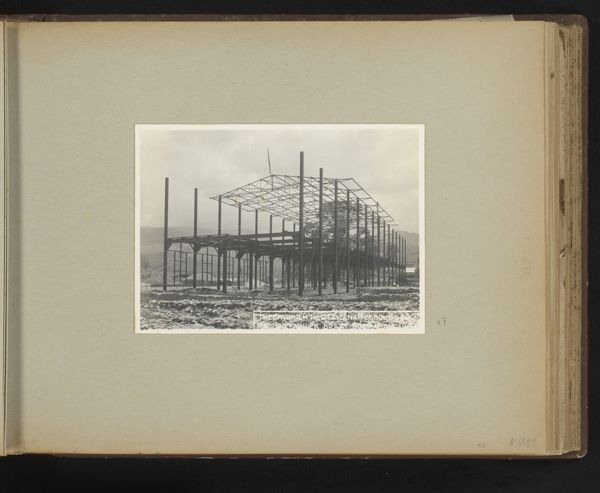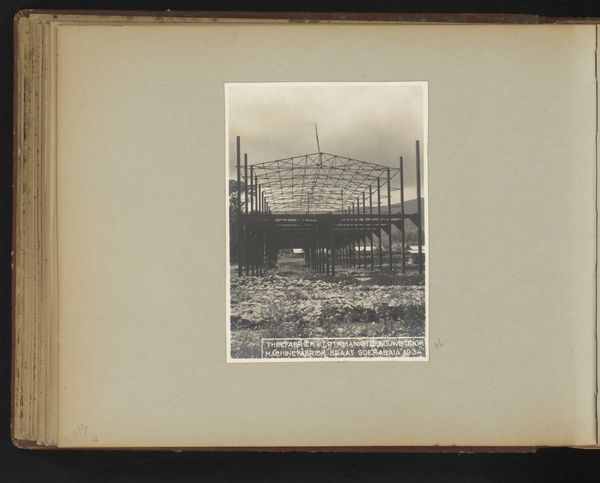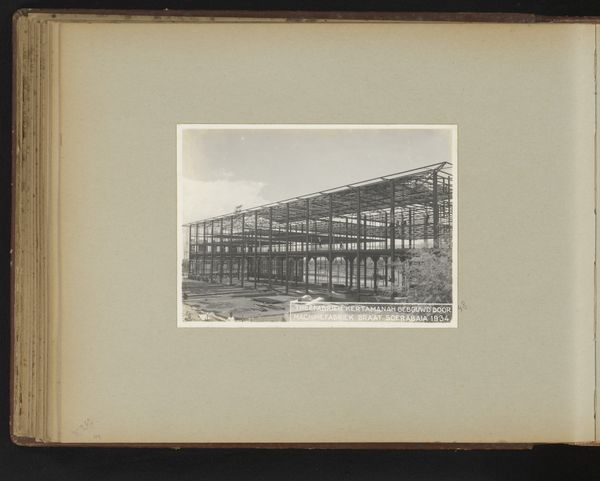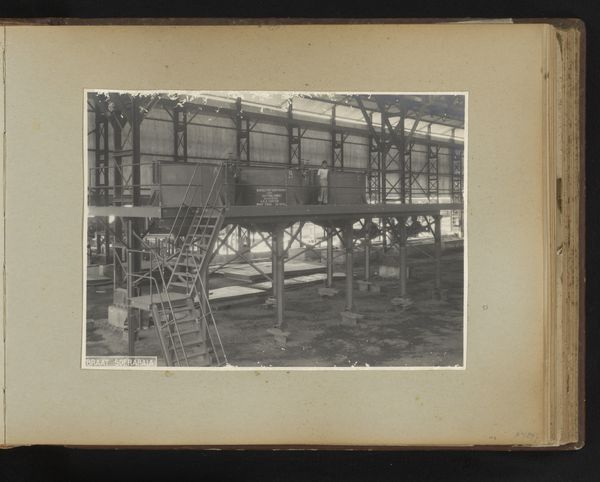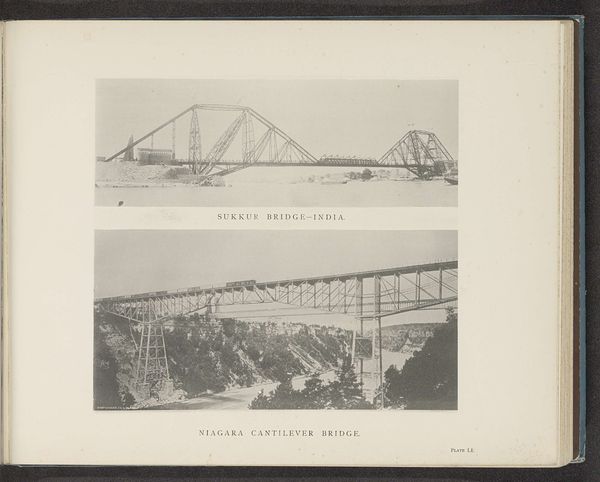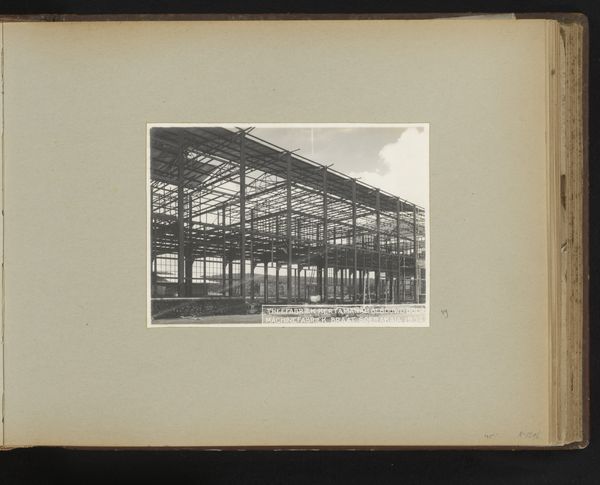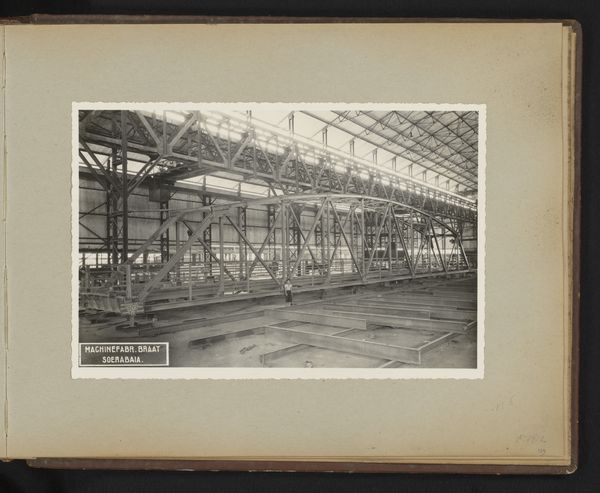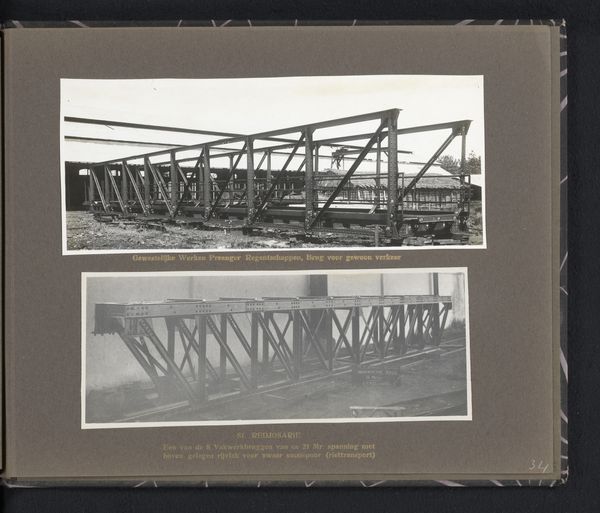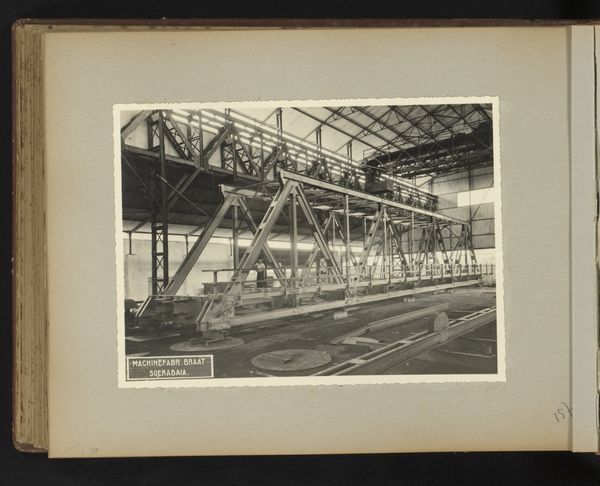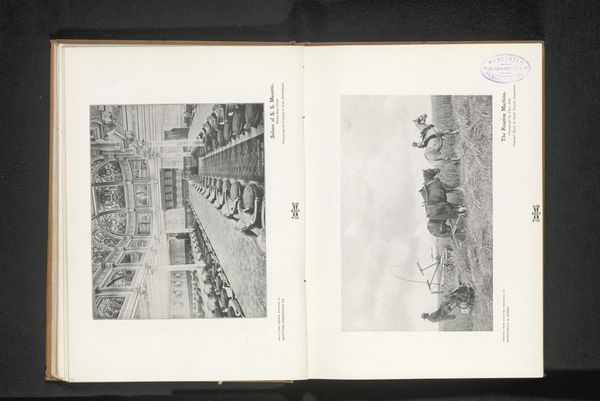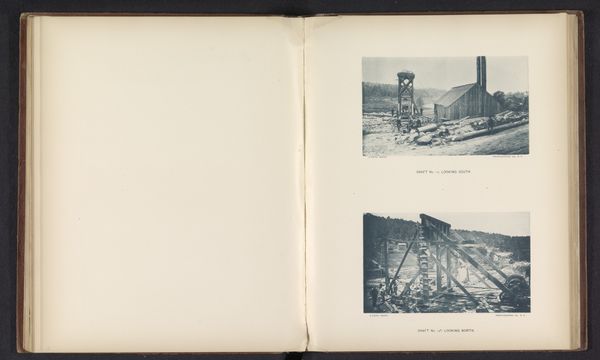
photography
#
photography
#
photojournalism
#
cityscape
#
modernism
Dimensions: height 95 mm, width 147 mm, height 237 mm, width 303 mm
Copyright: Rijks Museum: Open Domain
Editor: This photograph, "Het verwoeste Maasstation, Rotterdam" taken in 1940 by Alie Rondberg-Vrauwdëunt, captures the ruined Maas Station. The stark contrast between the two images—one of a skeletal structure, the other a pile of rubble—is quite striking and unsettling. How do you approach a work like this? Curator: It is critical to look at the photograph's formal elements. Notice the modernist aesthetic with a raw emphasis on structural forms. The photographer deliberately juxtaposes the geometric order of the intact section with the chaotic deconstruction in the adjacent picture. Consider also the interplay of light and shadow across both images, enhancing the devastation. Editor: I see what you mean about the formal composition creating tension. The grid-like steel frame in the first photo and the heap of debris. Does the negative space contribute? Curator: Absolutely. The extensive use of negative space around and within the skeletal structure accentuates the feeling of emptiness and loss. Furthermore, ponder on the monochromatic palette – devoid of colour, drawing attention to shapes and textures, underlining themes of desolation and damage. What structural elements draw your eye first? Editor: I think the strong diagonal lines of the wreckage versus the remaining upright girders create an overwhelming sense of imbalance and unease. Thank you! Curator: Precisely. A study of the picture's formal grammar and deployment tells much about the experience of viewing. A potent composition reflecting its historical and thematic substance.
Comments
No comments
Be the first to comment and join the conversation on the ultimate creative platform.
